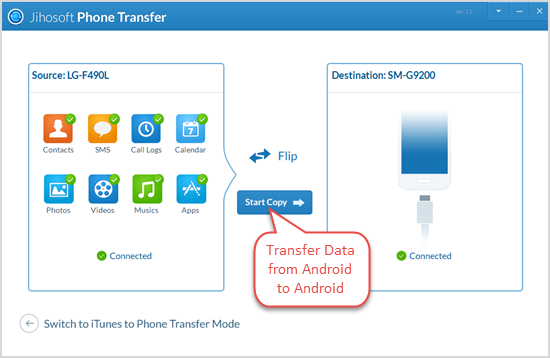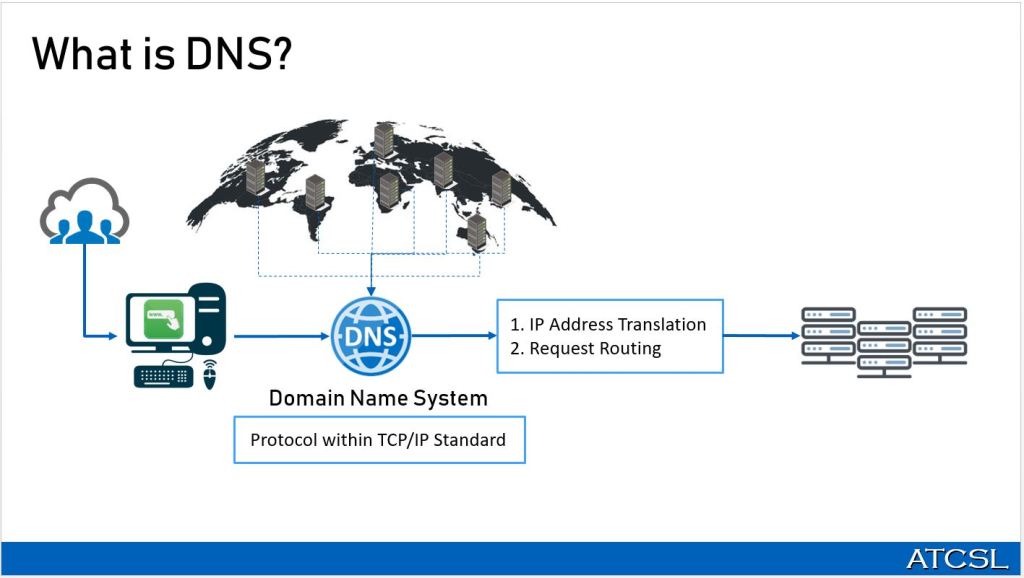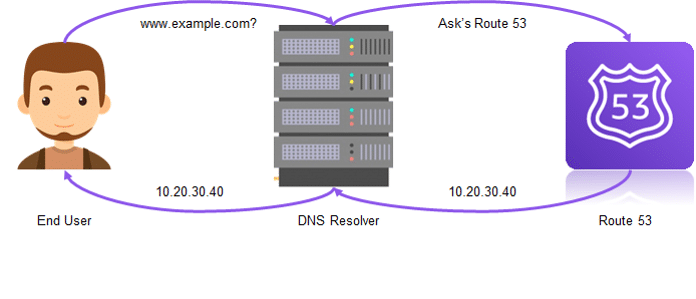
Apache is the most widely used server software available on the Internet. It's compatible with both Red Hat(r), CentOS and Red Hat(r). Red Hat Red Hat Red Hat users will enjoy many of these same benefits. It is easy to install and configure, and is a powerful web server. In this article, you'll learn how to set up and configure SELinux, install PHP 5.4, and configure Apache policies.
Configuring SELinux
Apache can be set up to use SELinux to protect your server. It is a very secure measure, as SELinux allows the user to control the security settings for their server. SELinux will block Apache from loading content in directories that are not within the default directory. You can change this policy by writing your own.
SELinux in Linux is a security option that prevents unauthorized file access. It detects and prevents misuse by processes and applications. There are two modes of operation for the system: permissive and enforcing. The enforcing setting locks down programs. While the permissive setting allows for any process to run.
Creating virtual hosts
To create virtual hosts, the first step is to create a file describing the configuration of your site. This file tells Apache web servers how to respond. The virtual host must be placed under the sites-enabled/sites-available directory. Additionally, a symbolic linking must be made to it.

Once you have created your virtual host, you need to upload web content to it. This is done by creating an Apache directory called DocumentRoot. This will act as your website's Document Root in the virtual configuration file. This directory will serve the content to the user when he navigates to his domain name.
Apache policy management
The SELinux security platform allows you to adjust the security level for Apache processes by setting both general and specific policies. Because of the greater control it gives, it's recommended that Apache policies be set on specific directories. You can also make universal policies and tell SELinux all Apache processes to follow the same procedure. This will allow you to modify the security of your server, but not the same level.
Apache HTTP server, one of the most commonly used web servers, is widely used. It is free, open-source and cross-platform. It supports a variety of configurations and modules. Apache is part of the CentOS default repositories. This makes installation and configuration easy. The FirewallD firewall solution is the default on CentOS 8. Apache webserver creates firewalld service files and predefined rules for HTTP (80) and HTTPS (443) ports.
Install PHP 5.4
PHP 5.4 extends the popular open source programming language. This server side scripting language can be used with Apache web servers. The PHP installation process is complicated when you use the most recent version of Apache. These issues can be resolved with several steps. Here are some steps you can follow.
First, ensure you have the right PHP version installed. PHP 5.4 is the default version in most cases. However, if you'd like to install a different version, you can install it through the yum package yum-utils. Alternativly, you can enable Remi to download the PHP version you need.

Get your server’s IP adress
Once Apache has been installed on CentOS's system, you will be able to verify your IP address using the ip Address command. The command will print the IP address of your server. This IP address will allow you to verify that your website is functioning properly. After you verify that your IP is correct, you may try to view your website in any browser you use in any country by entering the URL.
Apache's default web page indicates that the server has been up and running. Scroll down to the bottom to view information about Apache files and directories. This information is crucial because you can use it to perform DNS changes or networking.
FAQ
How To Create A Static Website
There are two options available to you when building your first static website.
-
Content Management System, also known as WordPress. WordPress: This software can be downloaded and installed on your computer. This will allow you to create an essential website.
-
A static HTML website is created by you. If you already know HTML, it is simple to do.
A professional may be able to help you create a large website.
Start with option 2.
How Much Does it Cost to Create an Ecommerce Website?
This depends on your platform and whether you hire a freelancer or go through a service provider. The average eCommerce site starts at $1,000.
Once you've chosen a platform you can expect to pay $500-$10,000.
The average cost of a template will not exceed $5,000. This includes any customizing you do to your brand.
How do I design a website.
First, you need to know what your customers want from your site. What are your customers looking for?
What problems might they have if they don't find what they're looking for on your site?
Once you know this, you must figure out how to solve those problems. You also need to make sure that everything on your site looks right. It should be easy for users to navigate.
Your site should be extremely well designed. It shouldn't take too many seconds to load. If it takes too long, people may not be able to stay as long. They'll leave and go elsewhere.
If you're going to build an eCommerce site, you need to think about where all your products are located. Are they all located in the same location? Are they all in one place?
You must decide whether to sell one product only or many products simultaneously. Do you prefer to sell one type of product, or several types?
These questions will help you decide if you want to build your website.
Now it is time for you to concentrate on the technical aspect of things. How will your site operate? Is it fast enough? Is it possible to access the information quickly using a computer?
Will people be able to buy something without having to pay extra? Will they have to register with your company before they can buy something?
These are essential questions that you need to ask yourself. When you have the answers, you can move on.
What is a static site?
A static website is where all content is stored on a server and accessed by visitors via web browsers.
The term "static" is used to refer to the absence of dynamic features like changing images, video, animations, etc.
This type of site was originally developed for use in corporate intranets but has since been adopted by individuals and small businesses who want simple websites without the complexity of custom programming.
Because they are less maintenance-intensive, static sites have gained popularity. They're easier to update and maintain when compared to a fully-featured website with many different components (such as blogs).
They load also faster than their dynamic counterparts. This makes them perfect for users who are using mobile devices or have slow Internet access.
Also, static websites are more secure that dynamic counterparts. There's nothing to hack into a static website. Hackers have limited access to data within a database.
There are two main ways you can create a static web site.
-
Utilizing a Content Management System.
-
Create a static HTML web site
The best one for you will depend on your specific needs. A CMS is a good choice if you are new to website creation.
Why? Because it gives you complete control of your website. You don't even need to hire someone for help setting up your CMS. Upload files to the website server.
You can still learn code and create static sites. However, you will need to put in some time to learn how to program.
What does it mean to be a UI designer
A user interface (UI) designer creates interfaces for software products. They are responsible for designing the layout and visual elements of an application. Graphic designers can also be included in the UI design team.
The UI Designer needs to be a problem solver and have a good understanding of how people use computers.
A UI designer should be passionate about technology and software development. From the development of ideas to their implementation into code, a UI Designer must have a thorough understanding of all aspects.
They should be able create designs with various tools and techniques. They should be able solve problems creatively by thinking outside the box and come up with innovative solutions.
They should be organized and detail-oriented. They should be able to develop prototypes quickly and efficiently.
They must be comfortable working with clients of all sizes. They must be capable and willing to adapt to new situations and environments.
They should be able speak clearly and effectively with others. They should be able to express their thoughts clearly and concisely.
They must be well-rounded and have strong communication skills.
They should be motivated and driven.
They should be passionate about their craft.
Do I need a portfolio to get hired as a web designer?
Yes. When you are applying for a job as a web developer or designer, a portfolio is crucial. Portfolios should showcase examples of your skillsets and experience.
Portfolios are usually made up of examples of past projects. You can include anything that demonstrates your skills. Your portfolio should include everything: wireframes and mockups as well as logos, brochures, websites, apps, and even logos.
Do I Need Any Technical Skills To Design And Build My Site?
No. It doesn't matter what HTML or CSS you know. Online tutorials can be found that cover both HTML and CSS.
Statistics
- Studies show that 77% of satisfied customers will recommend your business or service to a friend after having a positive experience. (wix.com)
- It enables you to sell your music directly on your website and keep 100% of the profits. (wix.com)
- Did you know videos can boost organic search traffic to your website by 157%? (wix.com)
- When choosing your website color scheme, a general rule is to limit yourself to three shades: one primary color (60% of the mix), one secondary color (30%), and one accent color (10%). (wix.com)
- Is your web design optimized for mobile? Over 50% of internet users browse websites using a mobile device. (wix.com)
External Links
How To
How do you become a web developer
A website does not simply contain HTML code. It is an interactive platform that allows users to communicate and delivers valuable content.
Websites are more than just a way to deliver information. They can also be a gateway to your business. It should help customers find what they need quickly and efficiently while also showing them how you want them to interact with your company.
The best websites allow visitors to do exactly what they came to do--find what they're looking for and then leave.
You'll have to learn technical skills and design aesthetics to achieve this goal. It is necessary to be familiar with HTML5 and CSS3 coding, as well as the most recent developments in JavaScript and other programming languages.
InDesign, Photoshop and Illustrator are all tools that can be used to create and edit websites. The style guide includes everything you need, from fonts, colors, and layout.
Begin by learning about the subject, taking online courses, and enrolling in college programs if you want to become a web developer.
While it may take several months to complete your degree program completely, once you have it, you are ready to go into the workforce.
Don't forget to practice! It will be easier to create great websites the more you learn how to design.